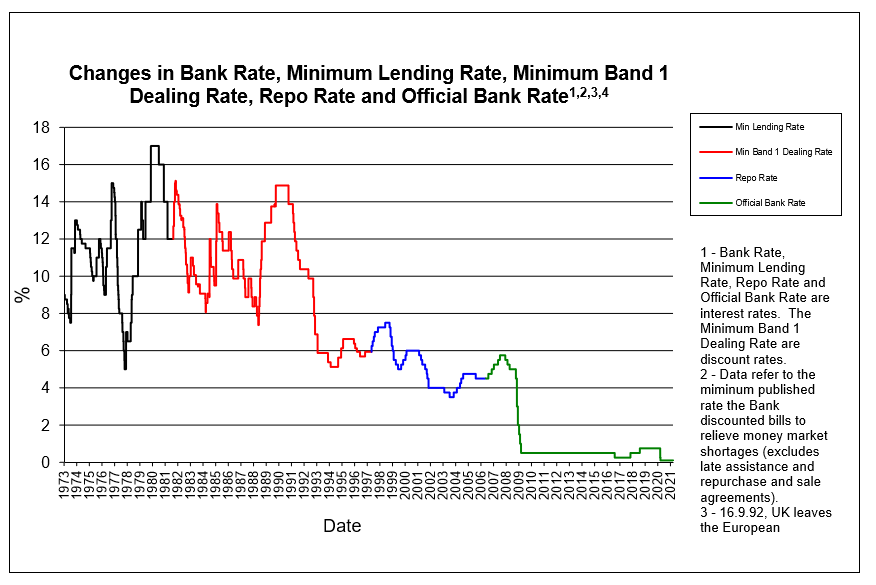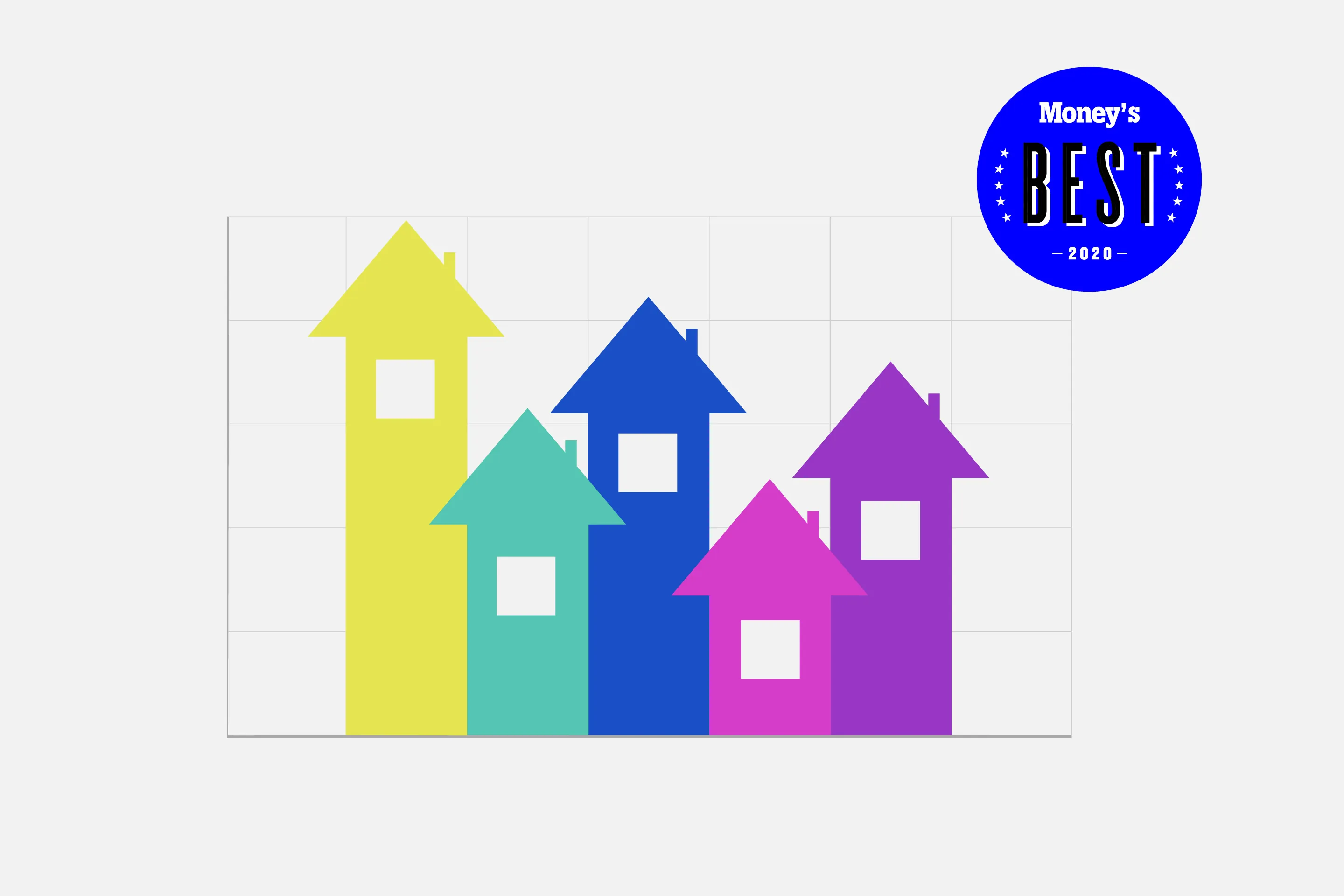Mortgage rates can change daily, and we'll help you keep track of the latest San Francisco, CA rates. Use our mortgage rate tool to compare mortgage quotes with current rates from our participating mortgage lenders in San Francisco, CA. We'll help you find competitive CA mortgage rates for your home loan. The most common mortgage is a 30-year fixed-rate conventional loan, but some people opt for 15-year loans to pay off debt faster or adjustable-rate loans to snag a lower rate. In most of the country, if your mortgage is larger than $510,400 you’ll need to take out a jumbo loan.
© Money; Getty Images Mortgage-Rate-Dec-18-illo- The latest rate on a 30-year fixed-rate mortgage is 3.257%.
- The latest rate on a 15-year fixed-rate mortgage is 2.341%.
- The latest rate on a 5/1 jumbo ARM is 2.176%.
- The latest rate on a 7/1 conforming ARM is 4.129%.
- The latest rate on a 10/1 conforming ARM is 4%.
Mortgage rates today: 30-year fixed-rate mortgage rates
- The 30-year rate is 3.257%.
- That’s a one-day decrease of 0.033 percentage points. ⇓
- That’s a one-month decrease of 0.286 percentage points. ⇓
With a fixed-rate mortgage, your interest rate and monthly payments are constant and predictable throughout the life of the loan. A 30-year loan is the most popular fixed loan due to its long payback time and comparatively low monthly payments. While the payments are low, the interest rate will be higher than shorter-term loans, which means you’ll pay more interest with a 30-year mortgage.
| View Rates for July 20, 2021 |
|---|
| ADVERTISEMENT |
Mortgage rates today: 15-year fixed-rate mortgage rates
- The 15-year rate is 2.341%.
- That’s a one-day decrease of 0.054 percentage points. ⇓
- That’s a one-month decrease of 0.244 percentage points. ⇓
A 15-year mortgage is a shorter-term fixed-rate loan. You’ll pay the loan off in half the time of a 30-year loan, so your monthly payments will actually be higher on a loan of the same size. The interest rate, on the other hand, tends to be lower, which means you’ll pay less interest and save money in the long run.
Mortgage rates today: 5/1 jumbo adjustable-rate mortgage rates
- The 5/1 ARM rate is 2.176%.
- That’s a one-day decrease of 0.041 percentage points. ⇓
- That’s a one-month decrease of 0.081 percentage points. ⇓
Another option is an adjustable-rate mortgage. This type of loan will have a fixed introductory rate at first. Once the fixed-rate period ends, the rate will become variable and reset at specific intervals. Your monthly payments will change along with any changes in the rates.
A 5/1 ARM, for instance, will have a fixed rate for the first five years, then become adjustable and reset annually. The payback time on ARMs is typically 30 years. Adjustable-rate loans come in a variety of terms, including 7/1 ARMs and 10/1 ARMs.
Mortgage rates today: VA, FHA and jumbo loan rates
The average rates for FHA, VA and jumbo loans are:
Interest Rate On Home Mortgages
- The rate on a 30-year FHA mortgage is 2.971%. ⇓
- The rate on a 30-year VA mortgage is 3.018%. ⇓
- The rate on a 30-year jumbo mortgage is 3.422%. ⇓
Mortgage refinance rates today
The average rates for 30-year loans, 15- year loans and 5/1 jumbo ARMs are:
- The refinance rate on a 30-year fixed-rate refinance is 3.586%. ⇓
- The refinance rate on a 15-year fixed-rate refinance is 2.547%. ⇓
- The refinance rate on a 5/1 jumbo ARM is 2.446%. ⇓
- The refinance rate on a 7/1 conforming ARM is 4.431%. ⇑
- The refinance rate on a 10/1 conforming ARM is 4.277%. ⇓
| View Rates for July 20, 2021 |
|---|
| ADVERTISEMENT |
Where are mortgage rates heading this year?

Mortgage rates sunk through 2020. Millions of homeowners responded to low mortgage rates by refinancing existing loans and taking out new ones. Many people bought homes they may not have been able to afford if rates were higher.
In January 2021, rates briefly dropped to the lowest levels on record, but trended higher through the month and into February.
Looking ahead, experts believe interest rates will rise more in 2021, but modestly. Factors that could influence rates include how quickly the COVID-19 vaccines are distributed and when lawmakers can agree on another economic relief package. More vaccinations and stimulus from the government could lead to improved economic conditions, which would boost rates.
While mortgage rates are likely to rise this year, experts say the increase won’t happen overnight and it won’t be a dramatic jump. Rates should stay near historically low levels through the first half of the year, rising slightly later in the year. Even with rising rates, it will still be a favorable time to finance a new home or refinance.
Factors that influence mortgage rates include:
- The Federal Reserve. The Fed took swift action when the pandemic hit the United States in March of 2020. The Fed announced plans to keep money moving through the economy by dropping the short-term Federal Fund interest rate to between 0% and 0.25%, which is as low as they go. The central bank also pledged to buy mortgage-backed securities and treasuries, propping up the housing finance market. The Fed has reaffirmed its commitment to these policies for the foreseeable future multiple times, most recently at a late January policy meeting.
- The 10-year Treasury note. Mortgage rates move in lockstep with the yields on the government’s 10-year Treasury note. Yields dropped below 1% for the first time in March 2020 and have been slowly rising since then. Currently, yields have been hovering above 1% since the beginning of the year, pushing interest rates slightly higher. On average, there is typically a 1.8 point “spread” between Treasury yields and benchmark mortgage rates.
- The broader economy. Unemployment rates and changes in gross domestic product are important indicators of the overall health of the economy. When employment and GDP growth are low, it means the economy is weak, which can push interest rates down. Thanks to the pandemic, unemployment levels reached all-time highs early last year and have not yet recovered. GDP also took a hit, and while it has bounced back somewhat, there is still a lot of room for improvement.
Tips for getting the lowest mortgage rate possible
There is no universal mortgage rate that all borrowers receive. Qualifying for the lowest mortgage rates takes a little bit of work and will depend on both personal financial factors and market conditions.
Check your credit score and credit report. Errors or other red flags that may be dragging your credit score down. Borrowers with the highest credit scores are the ones who will get the best rates, so checking your credit report before you start the house-hunting process is key. Taking steps to fix errors will help you raise your score. If you have high credit card balances, paying them down can also provide a quick boost.
Save up money for a sizeable down payment. This will lower your loan-to-value ratio, which means how much of the home’s price the lender has to finance. A lower LTV usually translates to a lower mortgage rate. Lenders also like to see money that has been saved in an account for at least 60 days. It tells the lender you have the money to finance the home purchase.
Shop around for the best rate. Don’t settle for the first interest rate that a lender offers you. Check with at least three different lenders to see who offers the lowest interest. Also consider different types of lenders, such as credit unions and online lenders in addition to traditional banks.

Also take time to find out about different loan types. While the 30-year fixed-rate mortgage is the most common type of mortgage, consider a shorter-term loan like a 15-year loan or an adjustable-rate mortgage. These types of loans often come with a lower rate than a conventional 30-year mortgage. Compare the costs of all to see which one best fits your needs and financial situation. Government loans — such as those backed by the Federal Housing Authority, the Department of Veterans Affairs and the Department of Agriculture — can be more affordable options for those who qualify.
Finally, lock in your rate. Locking your rate once you’ve found the right rate, loan product and lender will help guarantee your mortgage rate won’t increase before you close on the loan.
Our mortgage rate methodology
Money’s daily mortgage rates show the average rate offered by over 8,000 lenders across the United States the most recent business day rates are available for. Today, we are showing rates for Monday, July 19, 2021. Our rates reflect what a typical borrower with a 700 credit score might expect to pay for a home loan right now. These rates were offered to people putting 20% down and include discount points.
More from Money:
© Copyright 2021 Ad Practitioners, LLC. All Rights Reserved.
This article originally appeared on Money.com and may contain affiliate links for which Money receives compensation. Opinions expressed in this article are the author's alone, not those of a third-party entity, and have not been reviewed, approved, or otherwise endorsed. Offers may be subject to change without notice. For more information, read Money’s full disclaimer.

Mortgage applications decreased 1.7 percent from last week, data from the Mortgage Bankers Association’s (MBA) Weekly Mortgage Applications showed.
While the refinance share of mortgage activity increased slightly to 67.6 percent of total applications from 67.5 percent the previous week, adjustable-rate mortgage (ARM) share of activity decreased to 3.4 percent of total applications, the weekly report said.
'Interest rates drifted lower globally last week, as markets assessed the latest concerns regarding the delta variant. Thirty-year mortgage rates dropped below 3 percent in our survey for the first time since this February, presenting an opportunity for many homeowners who have not yet refinanced to lower their rate and their payments. Refinance application volume slightly decreased, following an 11 percent jump last week,' said Mike Fratantoni, MBA’s senior vice president and chief economist. 'Purchase application volume decreased again, reflecting the ongoing lack of inventory that continues to drive rapid home-price appreciation across the country.'
The average interest rate for 30-year fixed-rate mortgages with conforming loan decreased to 2.97 percent from 3.01 percent, with points decreasing to 0.33 from 0.34, the MBA reported.
The average interest rate for 30-year fixed-rate jumbo mortgage increased to 3.12 percent from 3.11 percent, with points increasing to 0.30 from 0.27.
The average 30-year FHA-backed fixed-rate mortgages rose to 3.08 percent from 3.03 percent, with points decreasing to 0.29 from 0.35.
Hard Money Loan Interest Rates
The survey covers over 75% of all U.S. retail residential mortgage applications and has been conducted weekly since 1990.